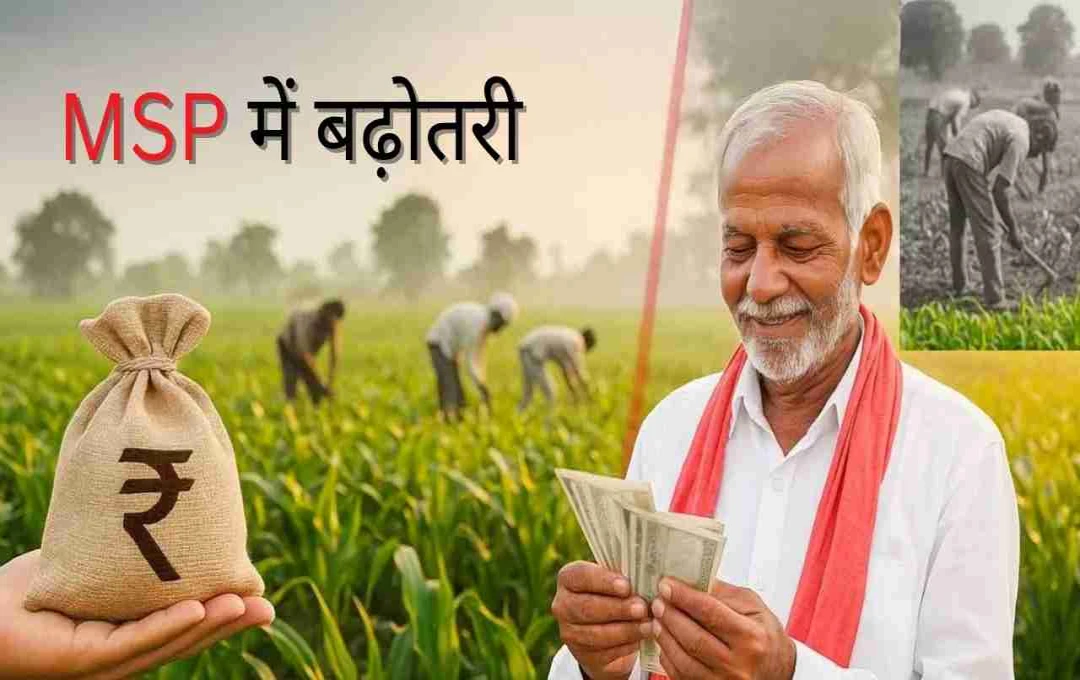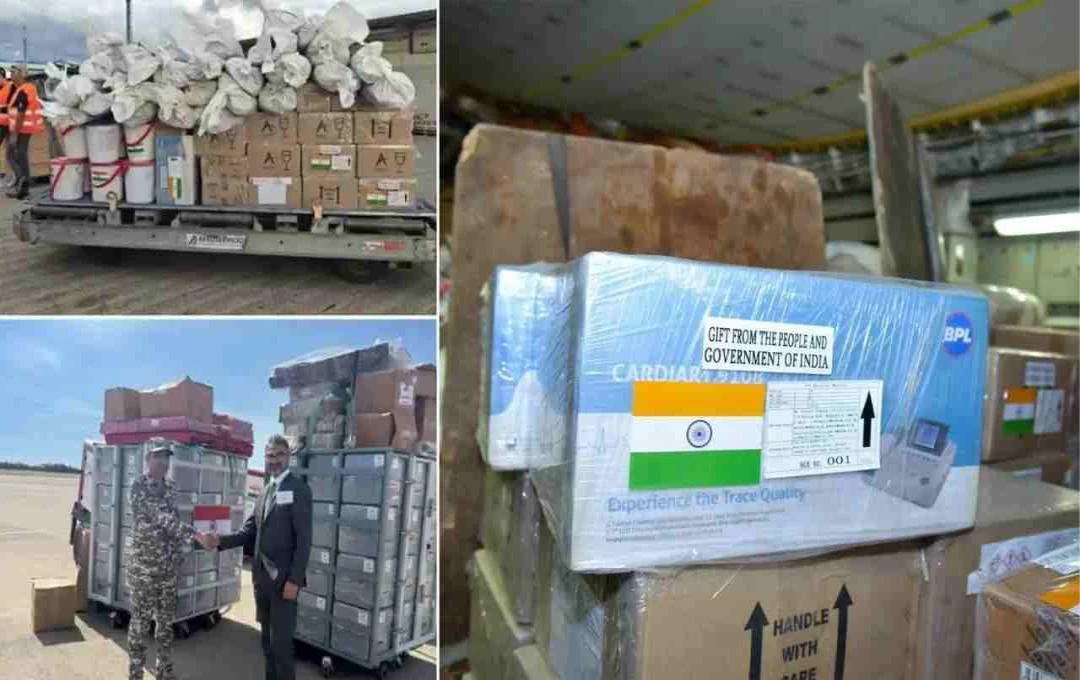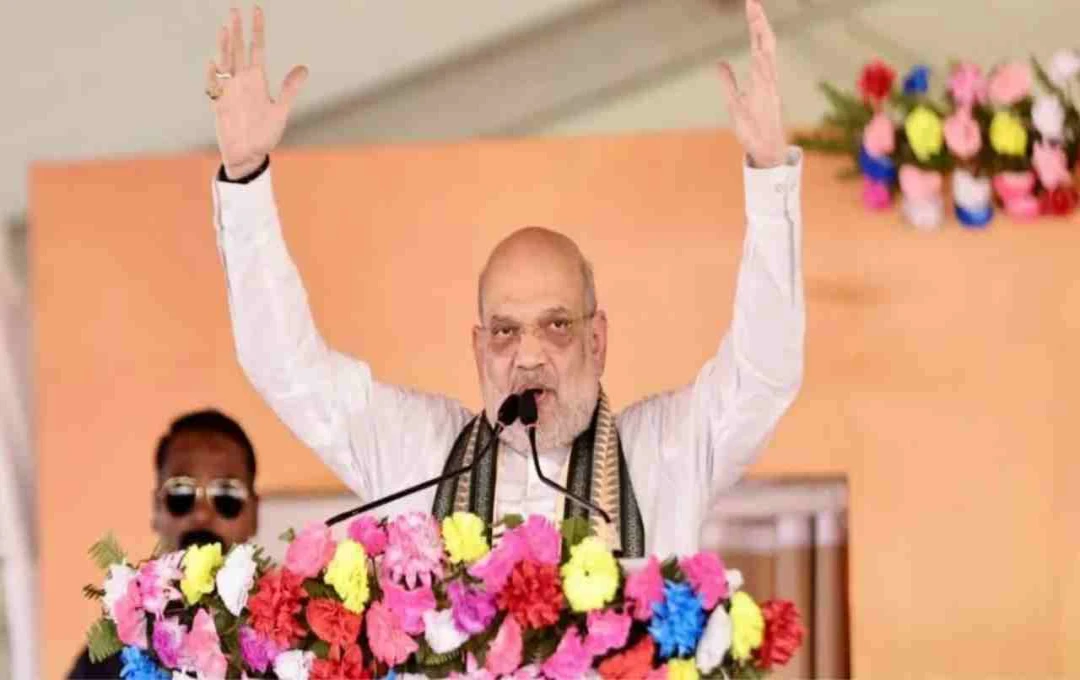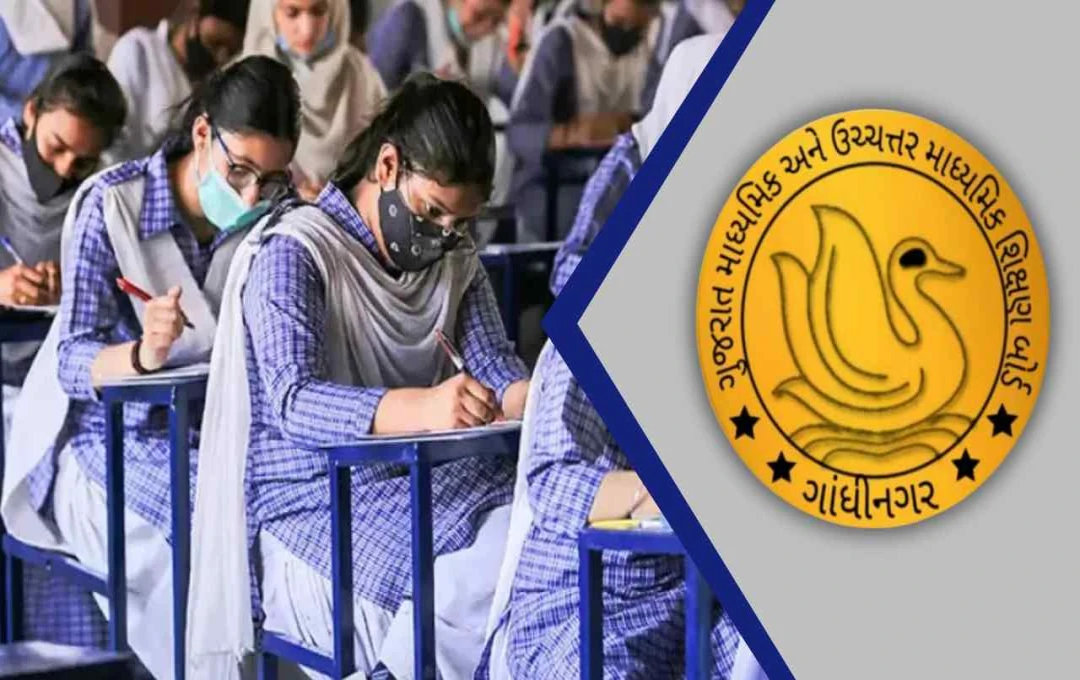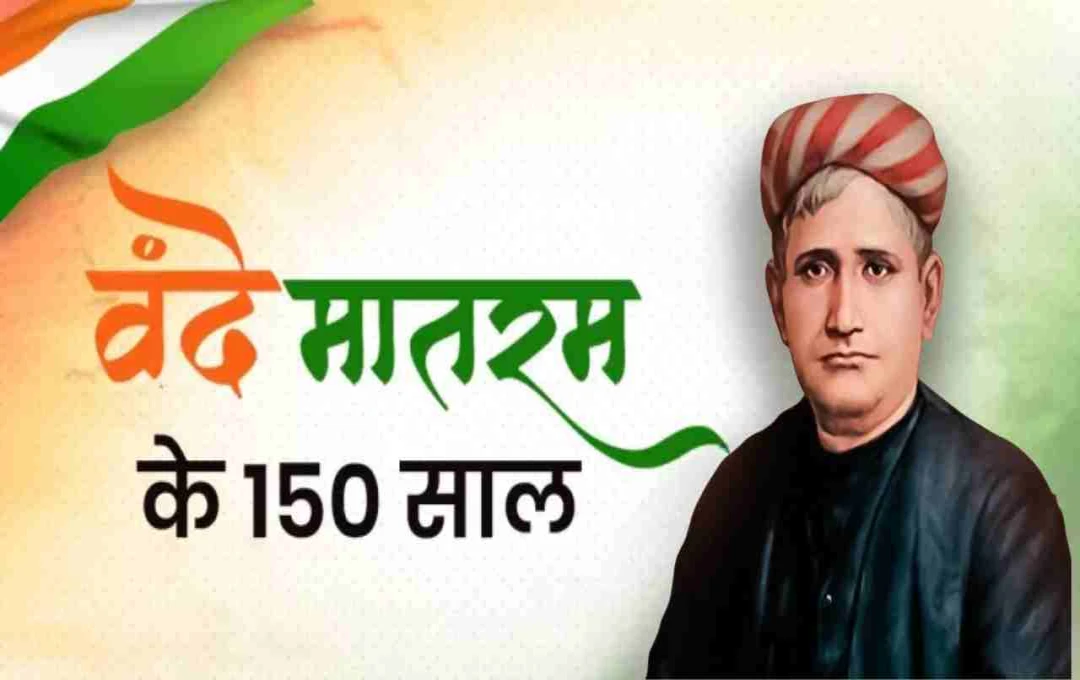Farming in India is no longer just a means of subsistence but a path to prosperity. A recent central government report reveals a historic transformation in the agricultural sector between 2013-14 and 2024-25.
Business: India's agricultural system has witnessed unprecedented growth and expansion over the past 11 years, establishing the nation as a b agricultural power globally. Changes in strategies from seed to market, increased budget allocation, strengthening of the Minimum Support Price (MSP), and schemes like the Kisan Credit Card (KCC) have significantly improved the fortunes of Indian farmers.
The government recently reported numerous positive changes in the agricultural sector from 2013-14 to 2024-25. These changes have impacted not only production but also farmers' incomes and overall prosperity.
Record Increase in Production
India's total food grain production in 2014-15 was 265 million tonnes, projected to increase to approximately 347.4 million tonnes in 2024-25. This represents an approximate 31% increase, a result of new farming techniques, improved seeds, irrigation, and better crop management. This growth has played a crucial role in making India self-sufficient in food security.
According to the government's Department of Agriculture, this transformation is attributed to the 'seed to market' philosophy under Prime Minister Narendra Modi's leadership. This means farmers are not only equipped with better seeds and technology but also benefit from a robust network for market access.
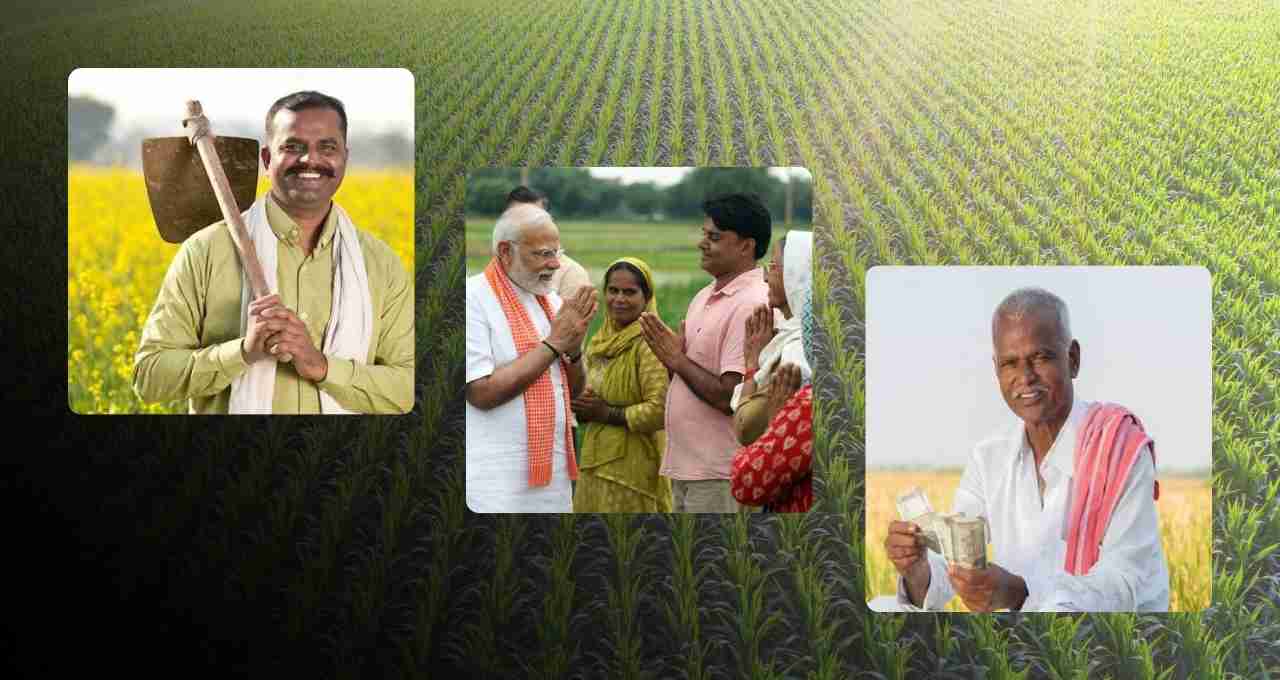
Fivefold Increase in Budget Allocation
Analysis of the Department of Agriculture and Farmers Welfare's budget reveals an increase from ₹27,663 crore in 2013-14 to ₹1,37,664.35 crore in 2024-25. This represents a more than fivefold increase, demonstrating the government's commitment to providing resources for strengthening this sector. This budget increase directly impacts various agricultural schemes, credit facilities, insurance, and technology-based services.
MSP Increase Empowers Farmers
The government has also significantly increased the Minimum Support Price (MSP). For example, the MSP for wheat was ₹1,400 per quintal in 2013-14, rising to ₹2,425 per quintal in 2024-25. Similarly, the MSP for paddy increased from ₹1,310 to approximately ₹2,369 per quintal. This increase provides farmers with a stable income source and ensures fair prices for their produce in the market.
PM-Kisan Scheme Benefits Millions of Farmers
Launched in February 2019, the Pradhan Mantri Kisan Samman Nidhi Yojana (PM-Kisan) has disbursed approximately ₹3.7 lakh crore to over 110 million farmers directly into their bank accounts. This scheme has played a crucial role in providing financial assistance, particularly to small and marginal farmers. This has improved their financial condition and enabled the smooth continuation of their agricultural activities.
KCC Scheme Provides Financial Support to Farmers
Under the Kisan Credit Card scheme (KCC), approximately ₹10 lakh crore in agricultural loans have been provided to 77.1 million farmers. This facility has boosted agricultural production by providing farmers with easy access to the capital needed for farming. This allows farmers to invest in modern agricultural equipment, seeds, fertilizers, and pesticides for improved yields.
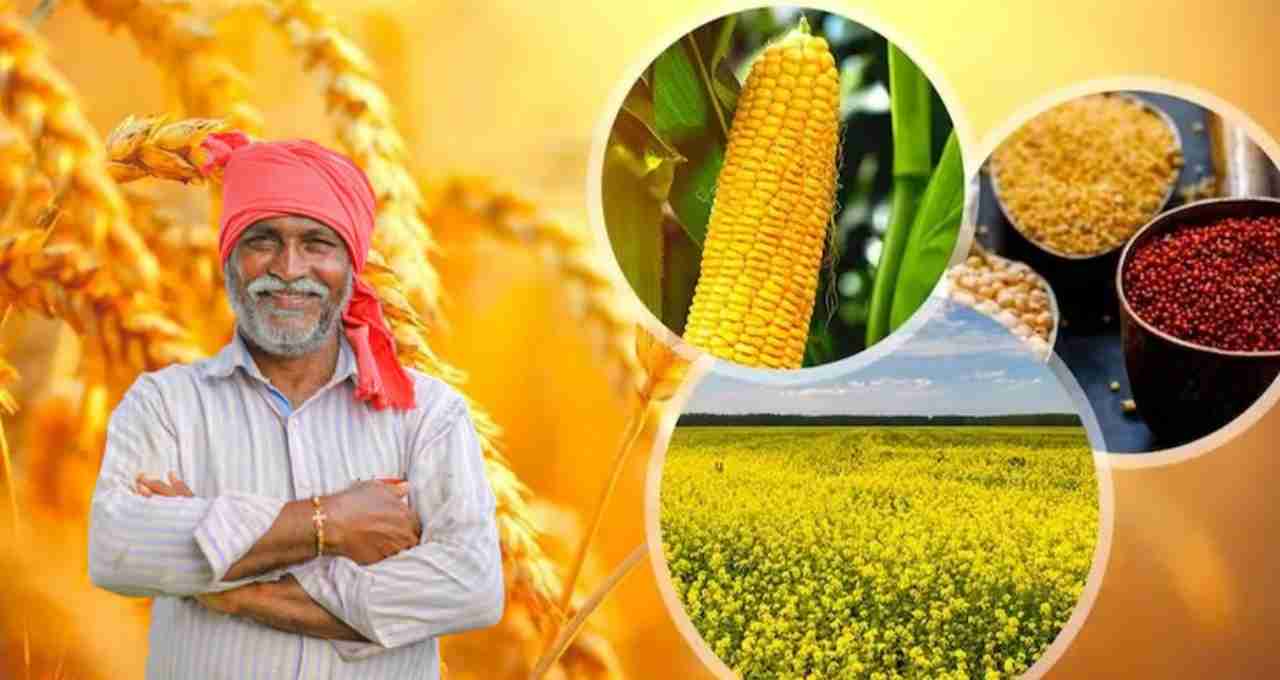
Improved Crop Procurement and Demand for Pulses and Oilseeds
A significant increase has been observed in the procurement of Kharif crops. Kharif procurement increased from 46.79 million tonnes between FY 2004-14 to 78.71 million tonnes in FY 2014-25. Additionally, there has been an increase in the procurement of pulses at MSP—from 1.52 lakh tonnes in 2009-14 to 83 lakh tonnes in 2020-25. Oilseed procurement has also seen a manifold increase. These changes represent significant steps towards increasing farmers' incomes and strengthening nutritional security.
Technological Innovation and Diversification in Agriculture
The government has focused on modernizing irrigation systems, making agricultural credit available on digital platforms, and promoting agri-technology innovations. Furthermore, traditional and nutritious crops like millet have been revived. There is also a growing emphasis on natural farming, a positive step towards environmental protection and sustainable development.
Expansion in dairy, fisheries, and other allied sectors has created additional income sources for farmers. This has increased employment opportunities in rural areas and reduced dependence on agriculture alone.
India's Agricultural Sector: Towards Global Leadership
The government believes India has entered the 'Amrit Kaal' (era of immortality), and its empowered farmers will lead the nation towards food security and global food leadership. The development over the past 11 years clearly shows that Indian agriculture is no longer limited to meeting domestic needs but is also playing a leading role in exports.
